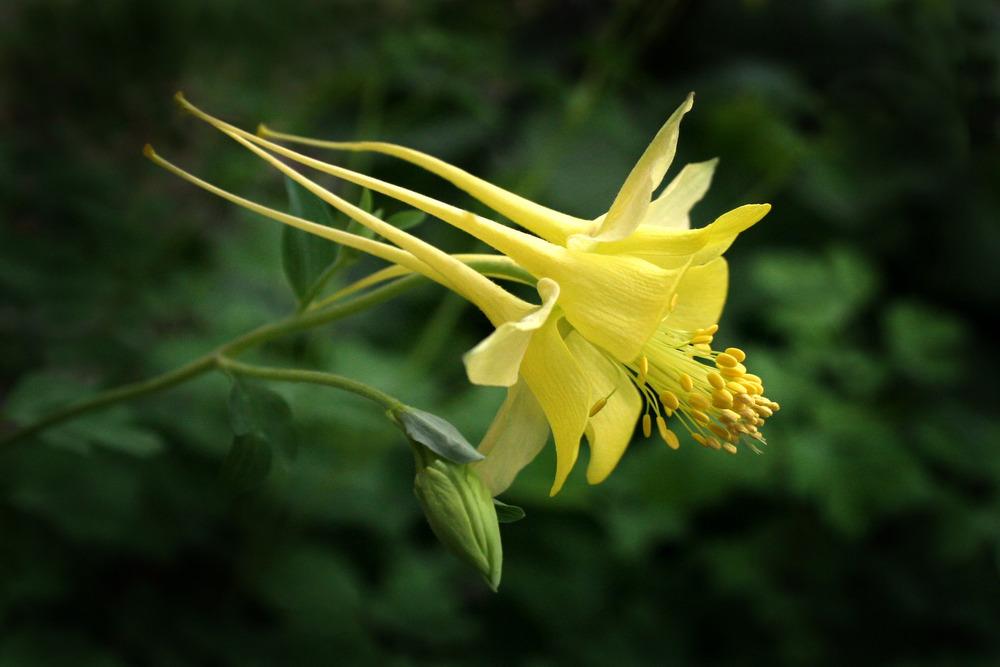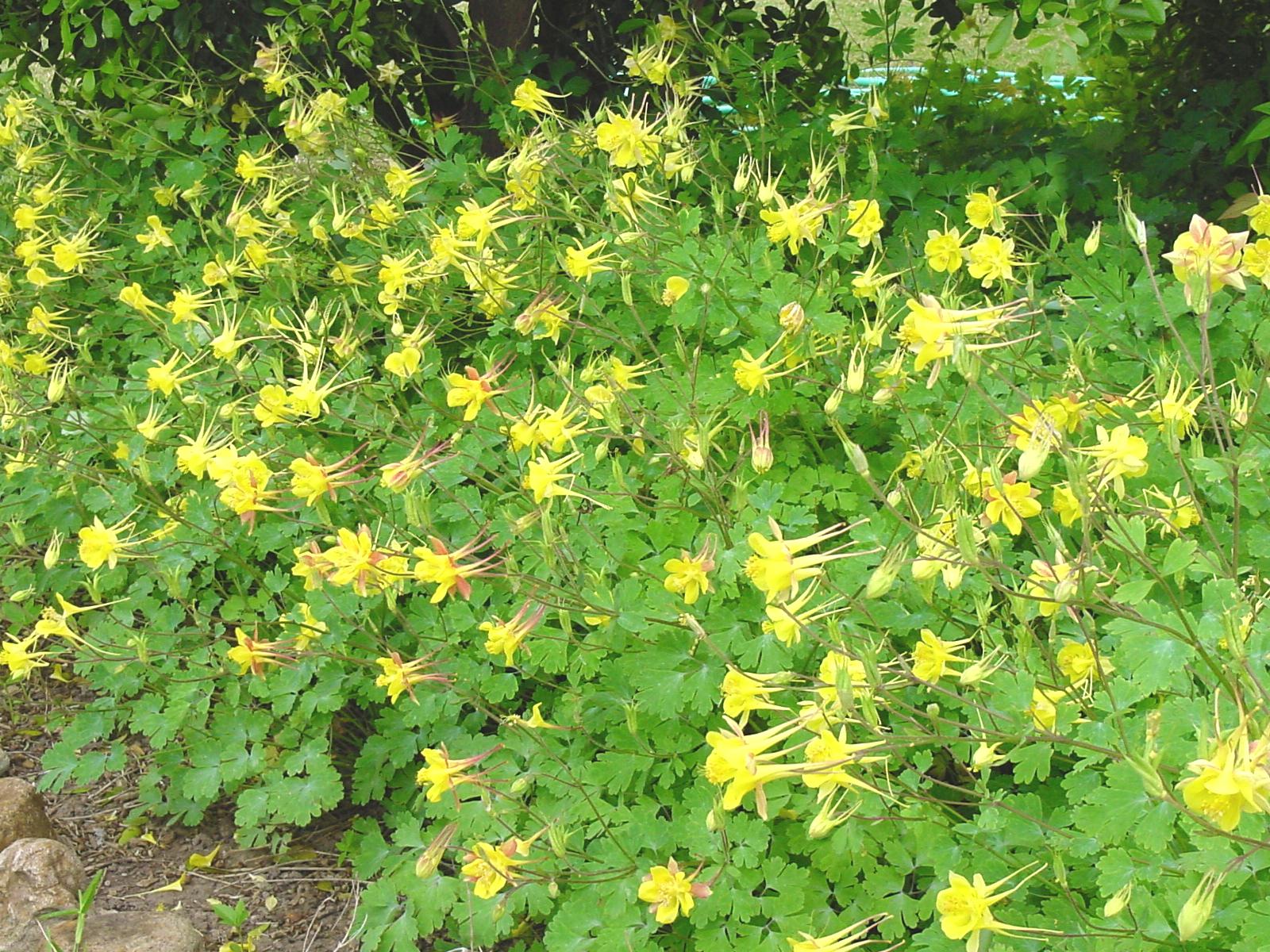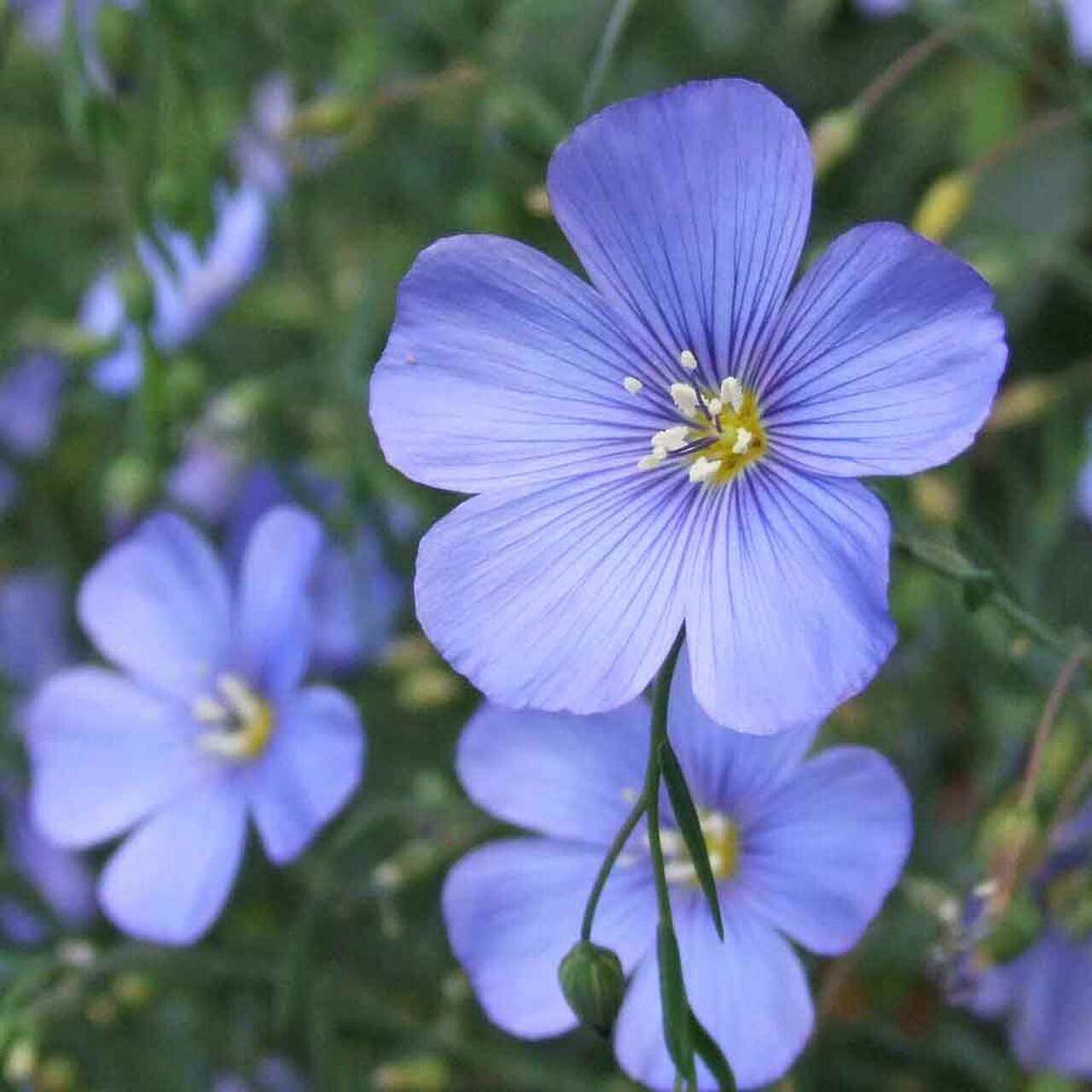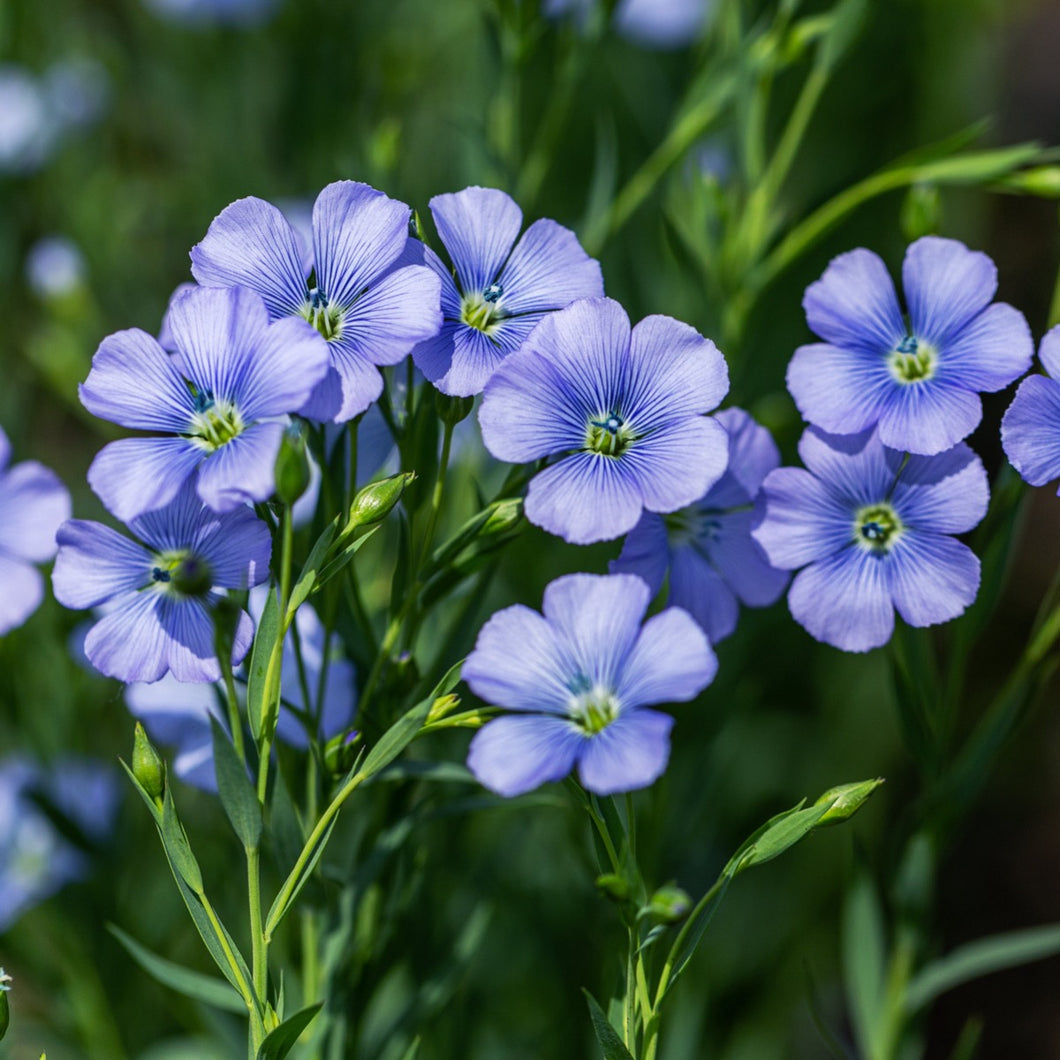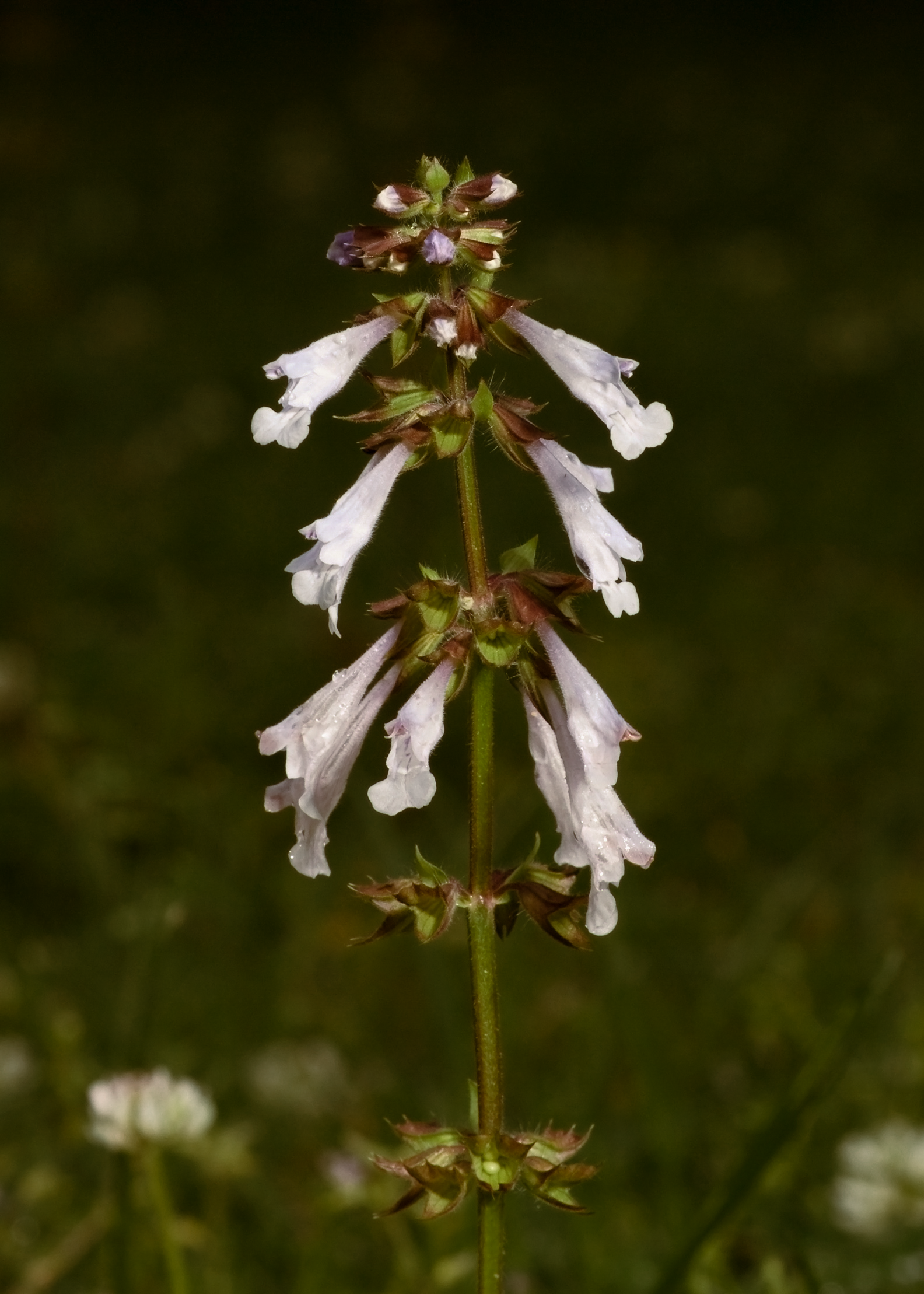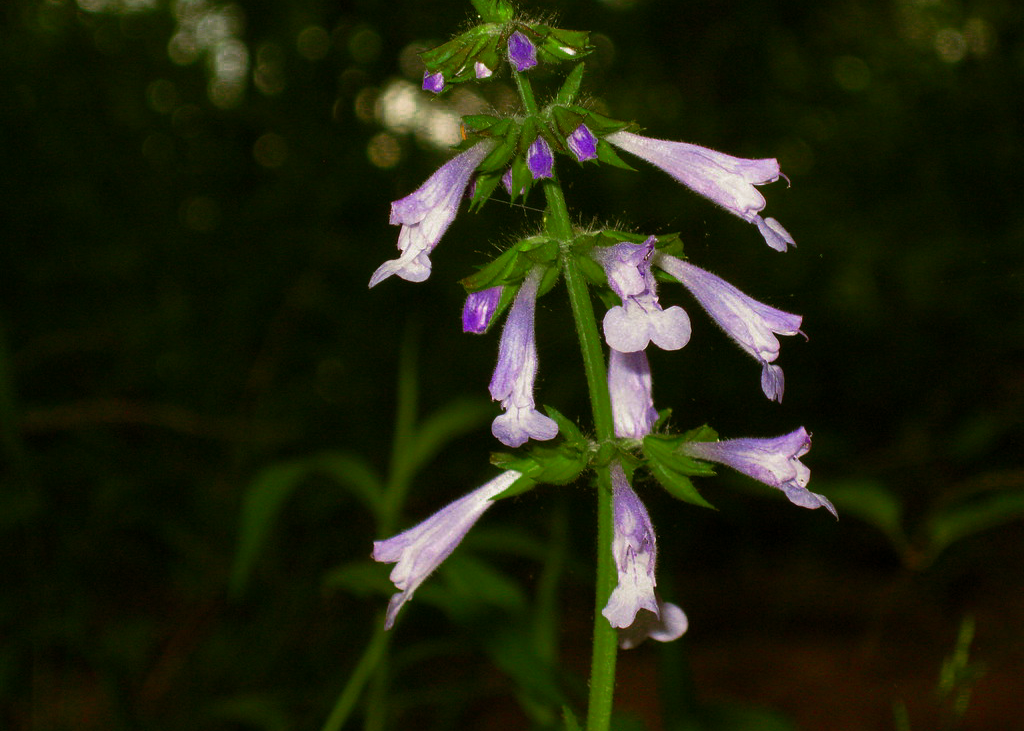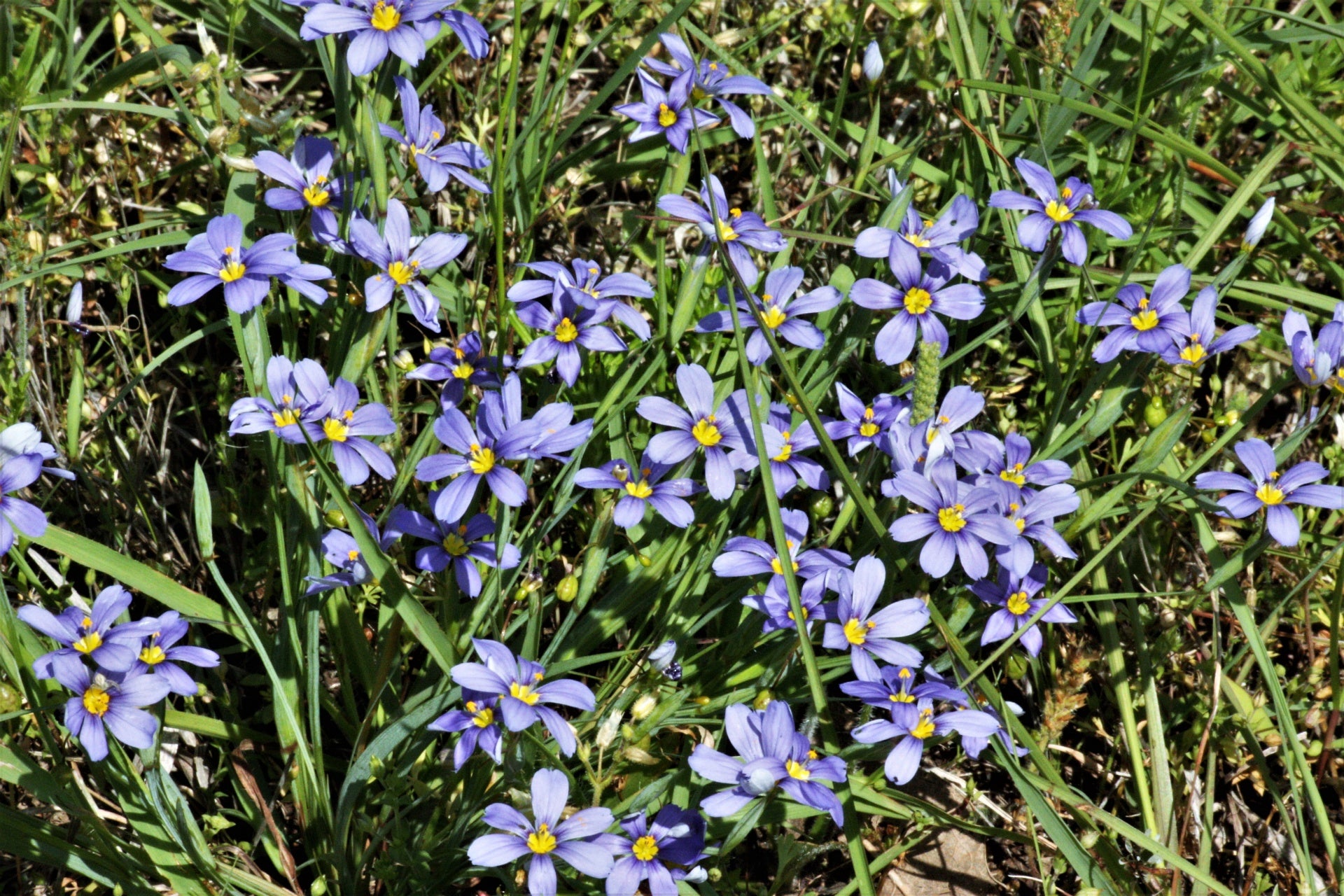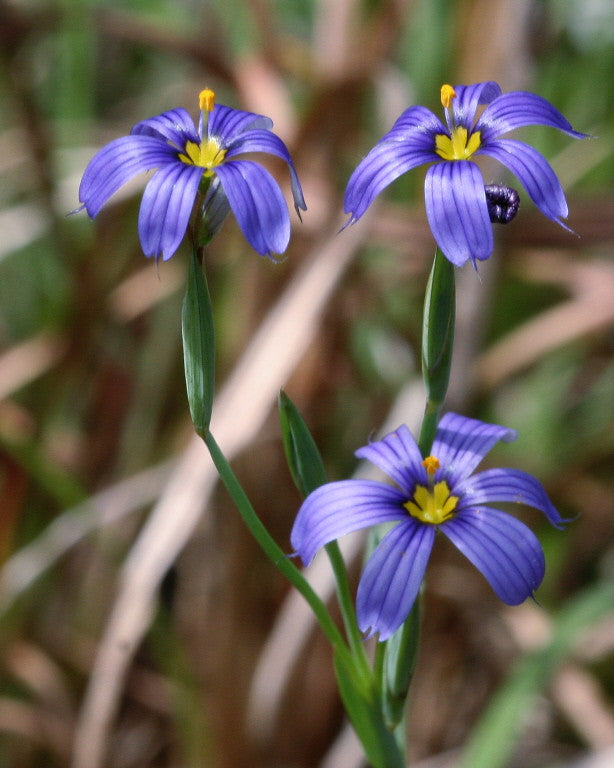Spring Shipping
Due to the high volume of orders, please allow 10-12 business days for your order to be carefully packaged and shipped.
We appreciate your patience. Happy Spring!
Stay In The Grow
Stay In The Know With Our Weekly Newsletter.
Cookie consent
We use cookies and similar technologies to provide the best experience on our website. Refer to our Privacy Policy for more information.
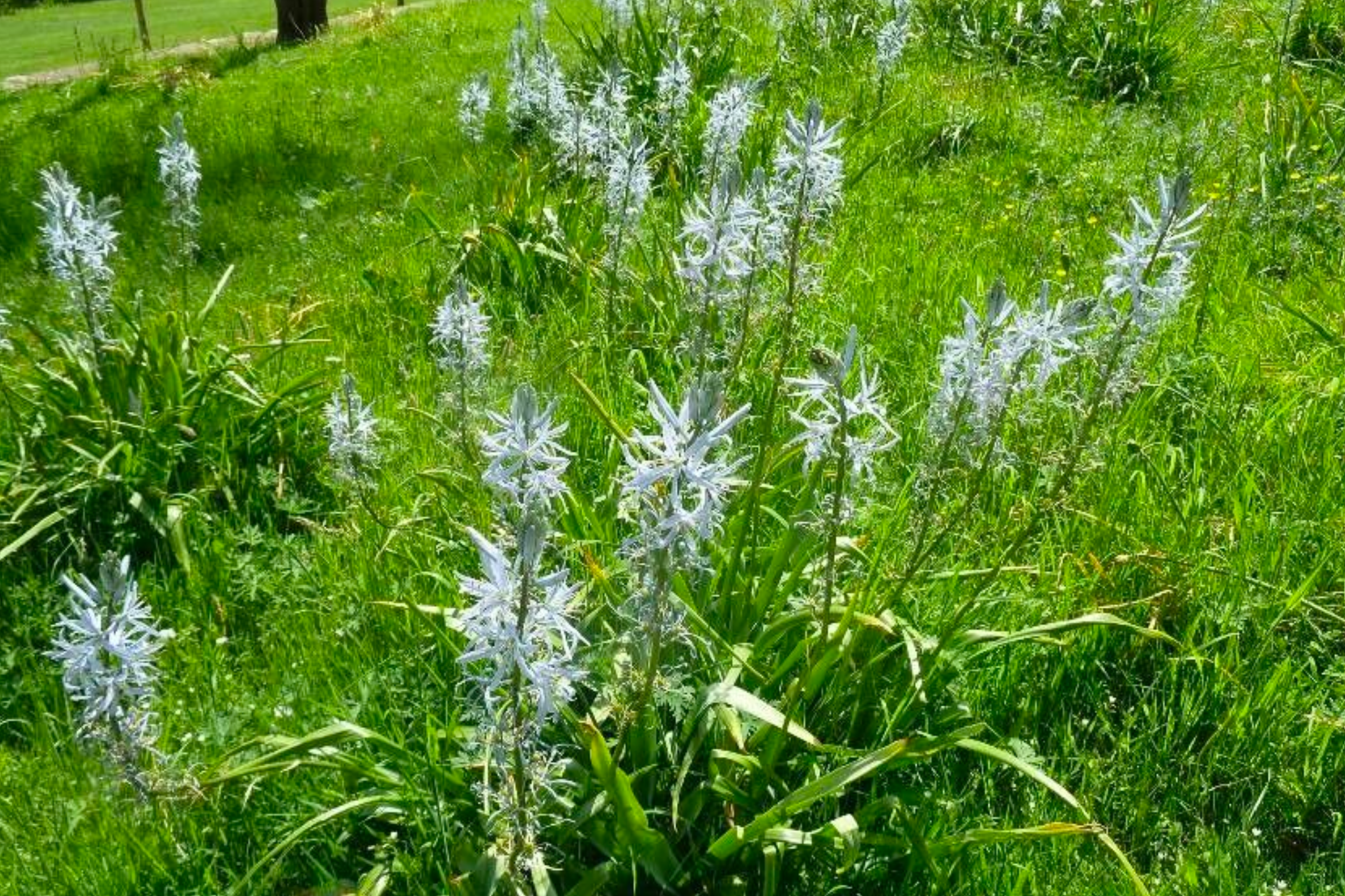

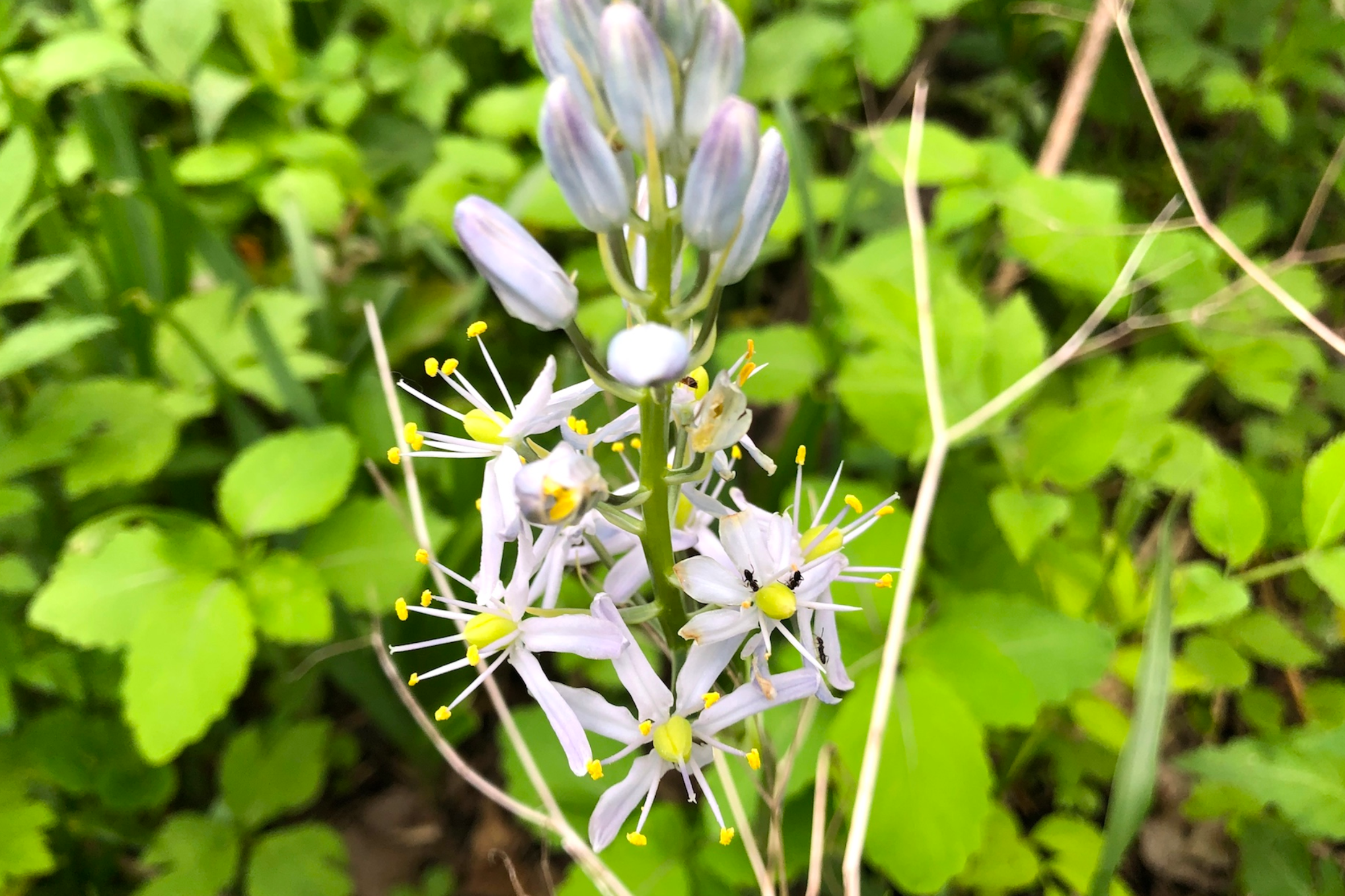












Customers Also Liked..
skip carousel
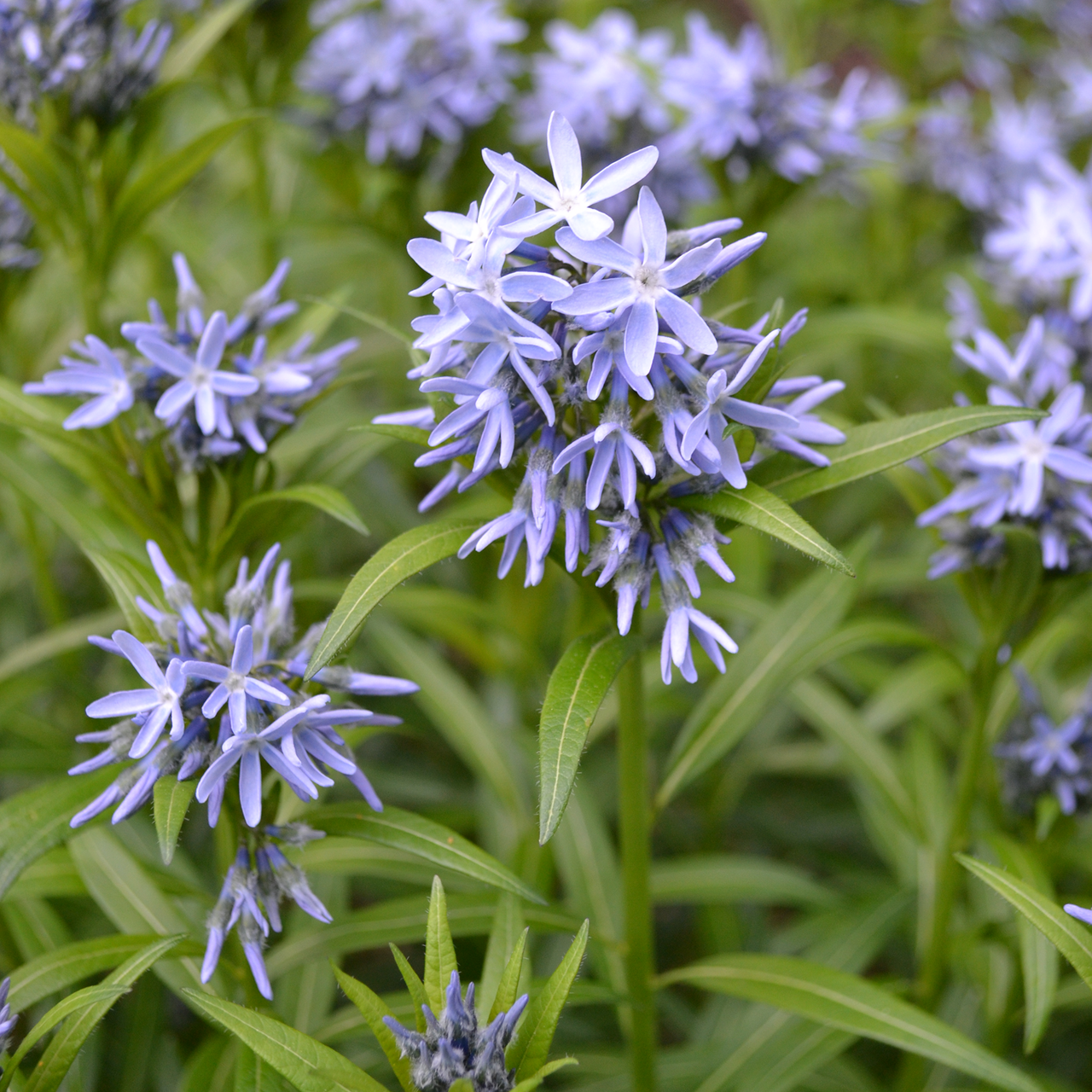
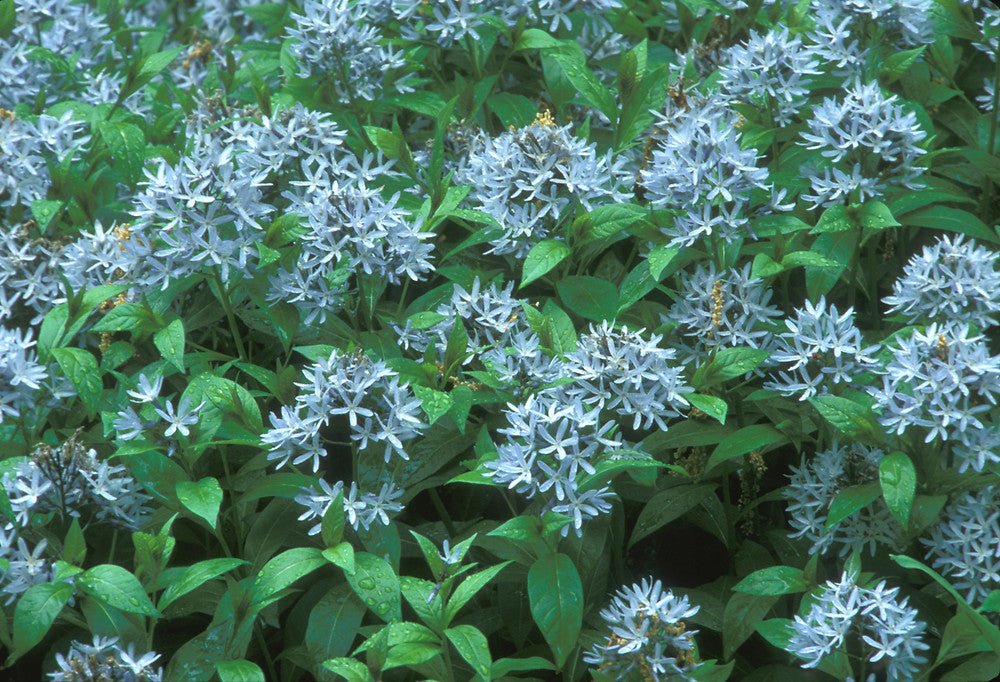
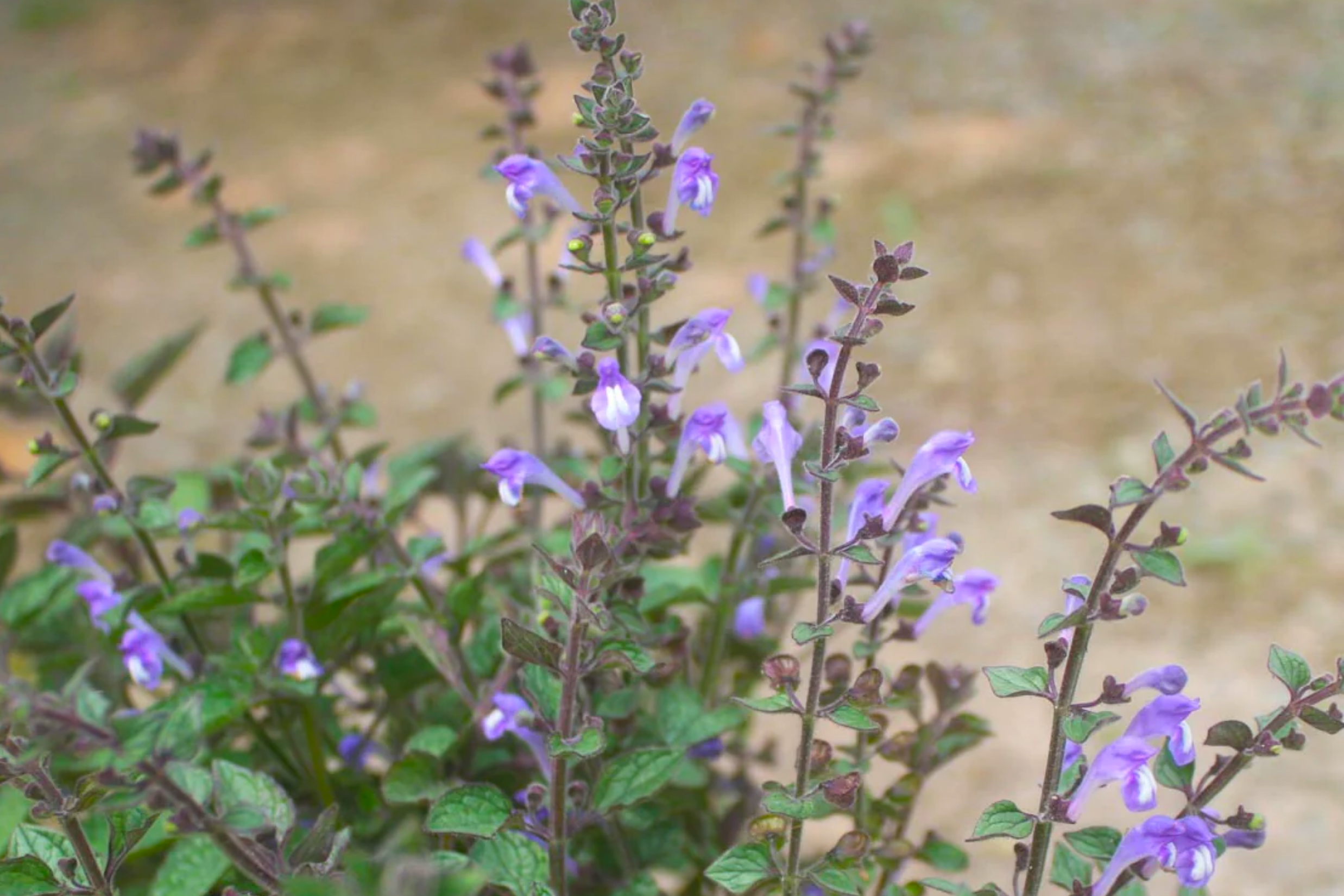
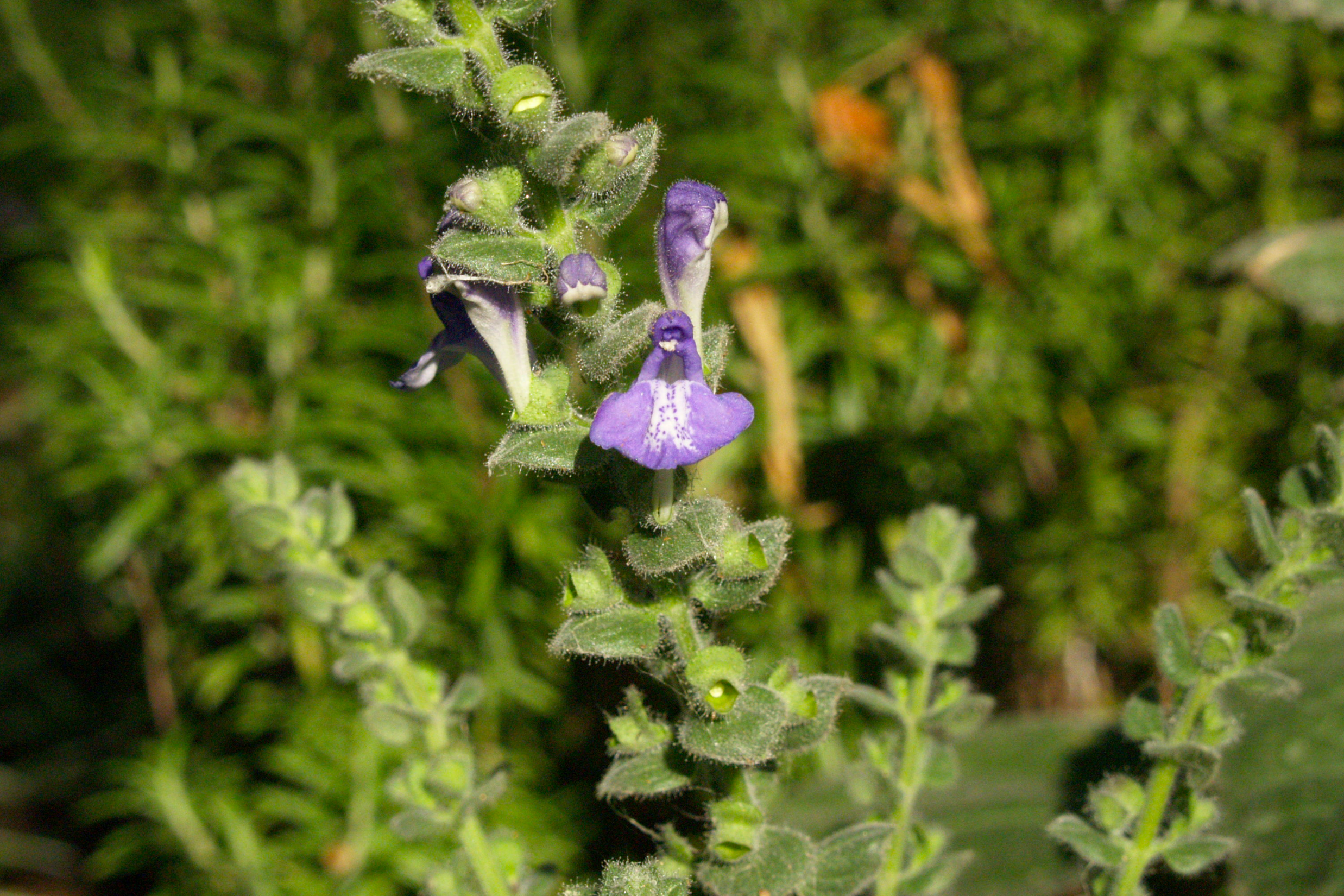
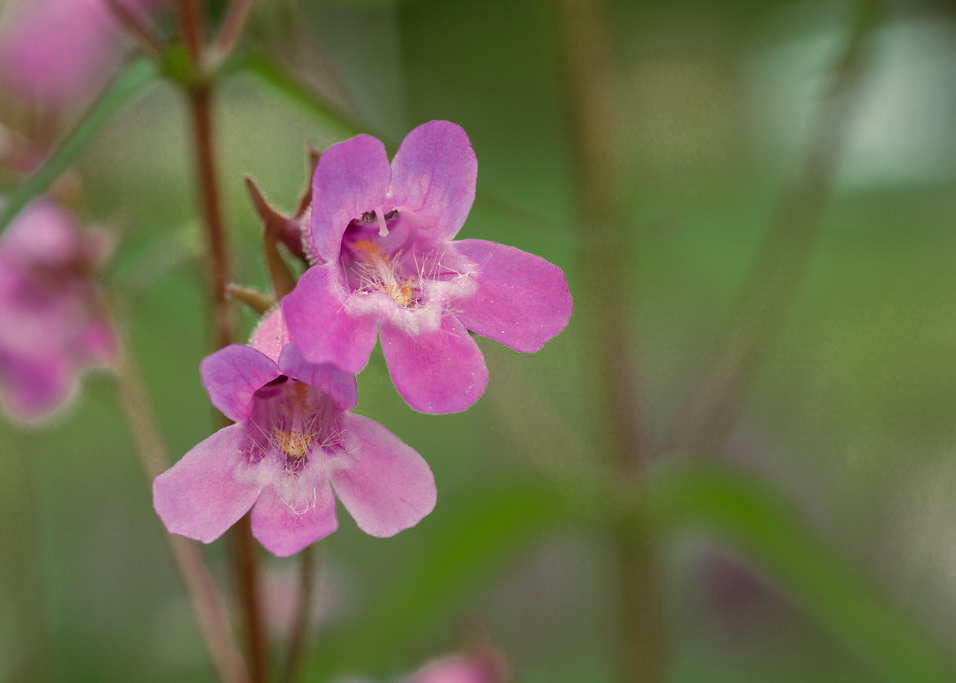
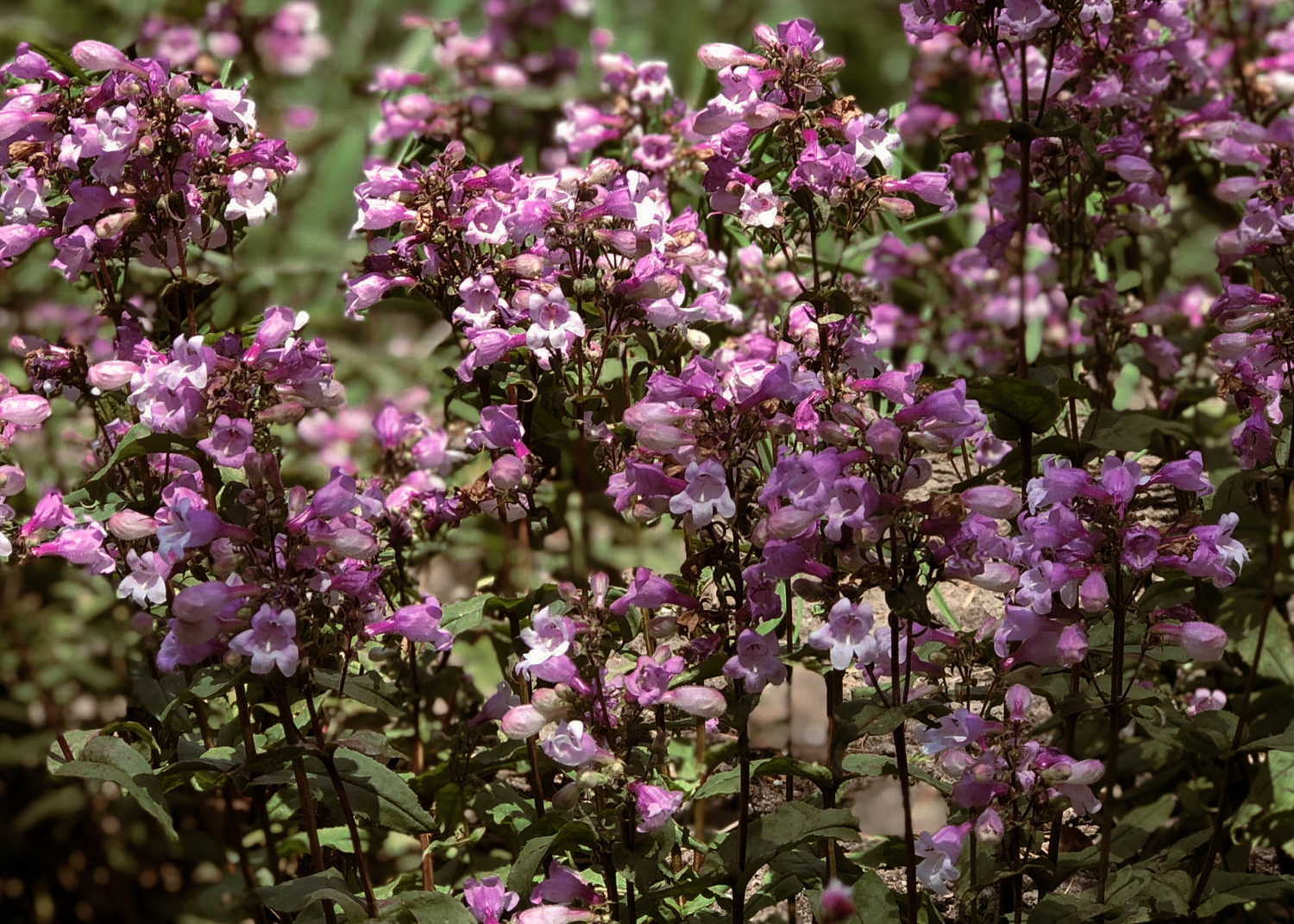
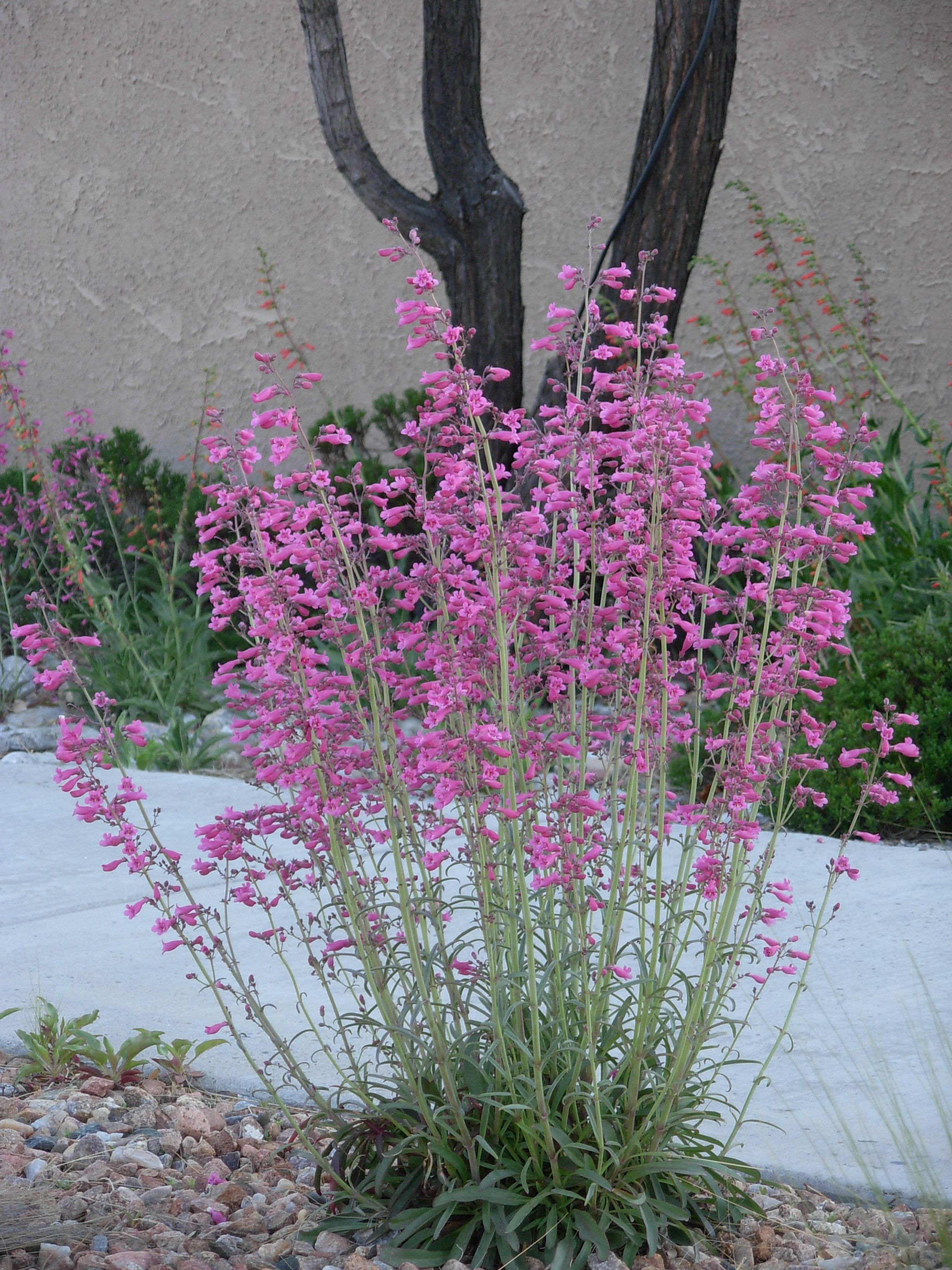
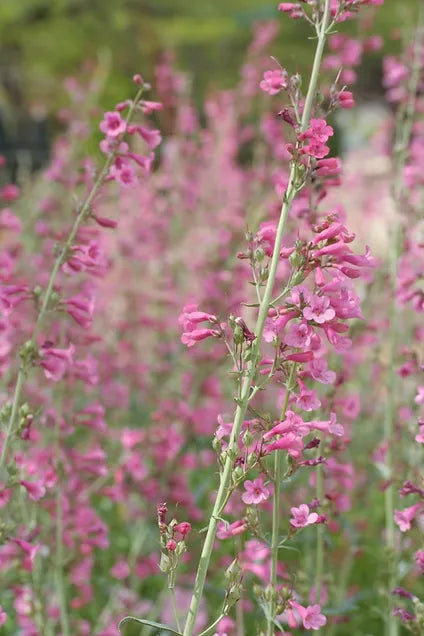
Coming Soon


Native Gardeners
Eastern Bluestar
$6.50
Coming Soon


Native Gardeners
Skullcap 'Heartleaf'
$22.50
Coming Soon


Native Gardeners
Gulf Penstemon
From$6.50
Coming Soon


Native Gardeners
Penstemon 'Parry's'
From$16.00

